What is diamond cutting?
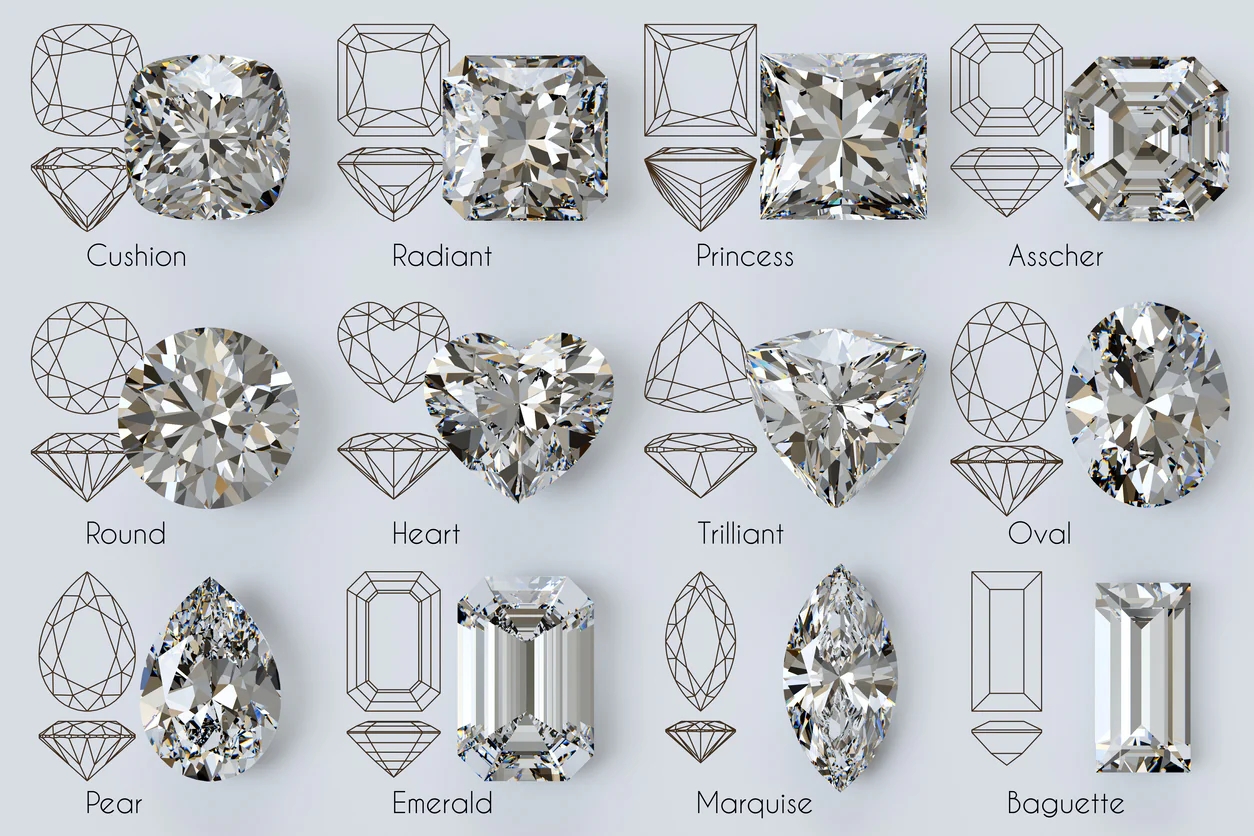
·Definition of diamond cutting
Diamond cutting refers to the process of polishing the raw stone into a certain shape and angle, the main purpose of which is to maximize the brilliance and fire of the diamond. The beauty of diamonds does not only depend on their clarity and color, the cutting process plays a vital role in it and is one of the core factors that determine the visual effect of diamonds.
·Importance of diamond cutting
The quality of cutting directly affects the brightness, fire and light diffusion of diamonds. If the cutting is not done properly, even high-quality diamonds will find it difficult to show the best beauty. Therefore, diamond cutting is considered to be the most critical part of the four C standards (cut, carat, clarity, color), because good cutting can make diamonds shine the brightest.
Historical background of diamond cutting in Europe
·The origin of diamond cutting technology in Europe
Diamond cutting technology in Europe can be traced back to the 14th century, when diamonds gradually became popular among the upper class in Europe. At first, craftsmen could only perform simple polishing, but with the advancement of technology and the increase in demand, European craftsmen gradually mastered more sophisticated and complex cutting techniques and created many classic diamond cutting shapes.
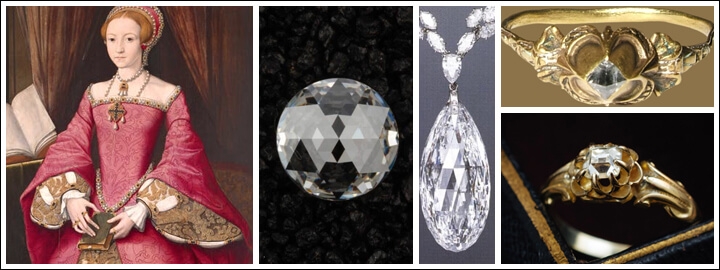
·Evolution of diamond cutting styles in different eras
From the classical period to the modern era, the style of diamond cutting in Europe has undergone many changes. During the Renaissance, the cutting technology was relatively simple and diamonds had fewer facets. In the Victorian era, craftsmen began to focus on the symmetry and fine cutting of diamonds, giving diamonds more brilliance. In the early 20th century, with the emergence of modern cutting technology, diamond cutting technology in Europe reached its peak, and many classic cutting shapes, such as the old European cut and the round brilliant cut, were developed during this period.
Common European Diamond Cut Shapes
·Round cut
Advantages of circular cutting
As the most popular diamond shape today, the round cut is known for its excellent light reflection properties, which can maximize the diamond's brilliance. Because of their perfect symmetry and precise standard cutting proportions, round diamonds often bring an elegant and classic visual enjoyment, symbolizing eternity and nobility.
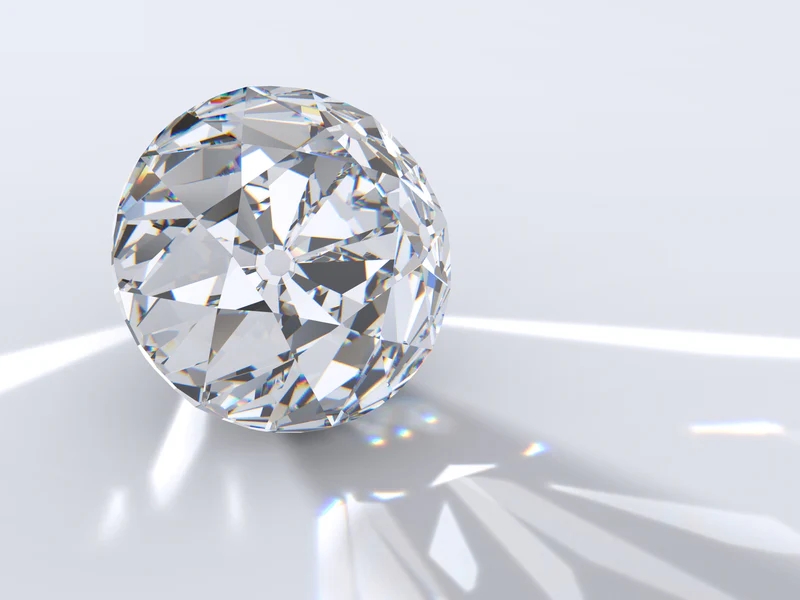
Market demand and popularity
In the market, the demand for round diamonds has always remained high. Not only are they widely used in jewelry design, but they are also the first choice in engagement rings and wedding jewelry. Its classic shape is suitable for all occasions, embodying timeless fashion trends and unparalleled market recognition.
The visual effect of square cut
The princess cut is famous for its unique four-corner design, which exudes a strong sense of modernity and simple beauty. This cutting method can give the diamond a more atmospheric visual effect, while showing an extremely excellent light reflection ability. For this reason, it is deeply favored by many young people and has become an ideal choice for those who pursue fashion and personalization.
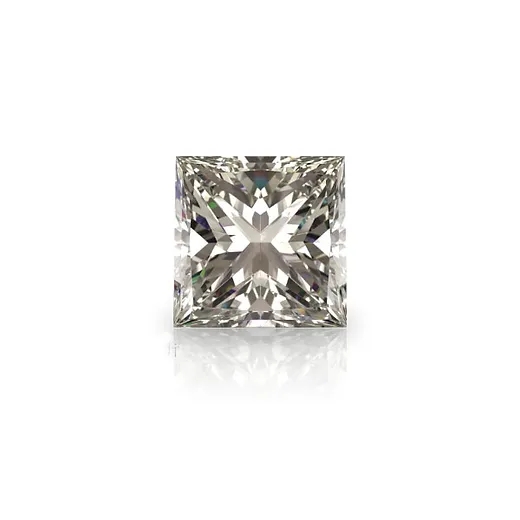
Comparison between oval and round cut
As an elegant variation of round cut, oval cut presents a unique extension effect visually. Compared with round cut, oval diamonds appear more slender, especially suitable for people with long fingers, and can better show the wearer's slenderness and elegant temperament.
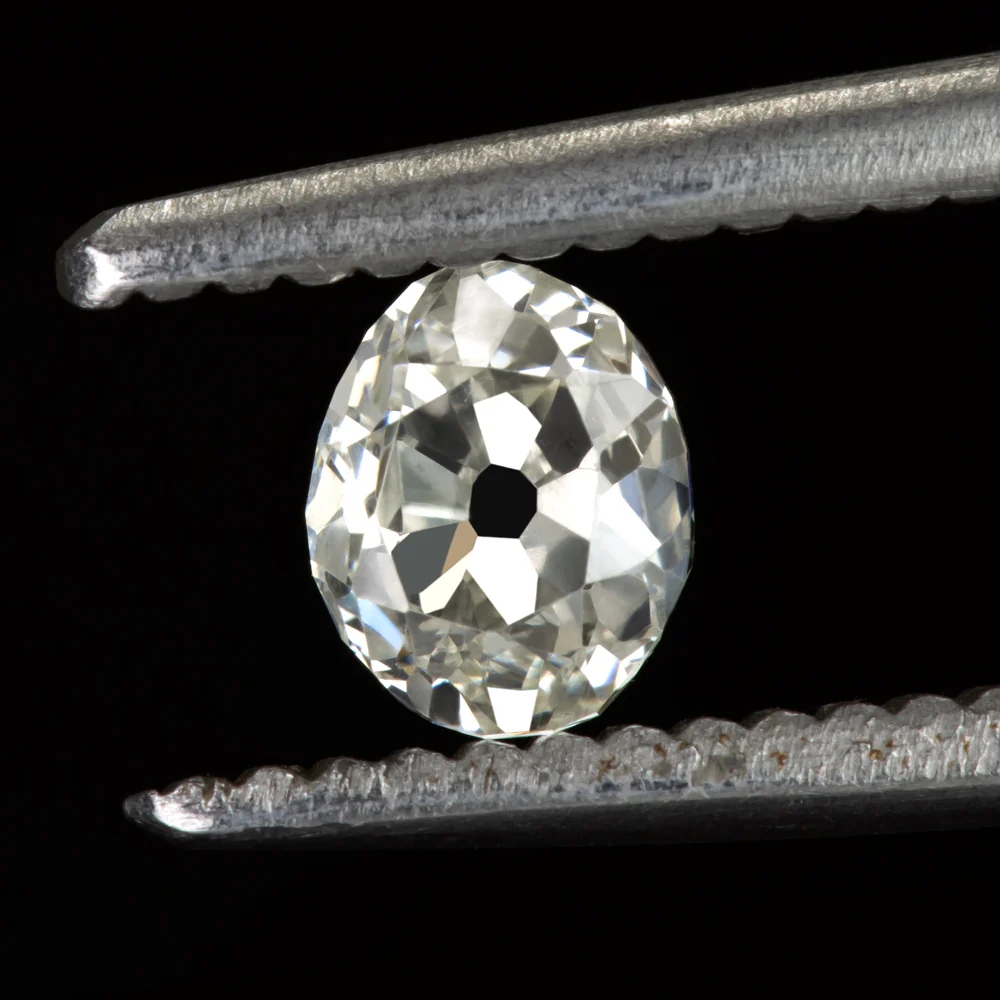
The Historical Origin of Cushion Cut
The cushion cut has a long history, and its origin can be traced back to the 18th century. This cutting method cleverly combines the characteristics of round and square, with rounded and soft corners. The overall shape exudes a classic and romantic atmosphere, and is deeply sought after by people who love retro style.

The Unique Features of the Pear Shape Cut
The pear-shaped cut is popular for its unique design. It cleverly combines the characteristics of the round and marquise cuts, presenting a beautiful shape like a water drop. When worn, this cut can significantly lengthen the lines of the fingers, giving the wearer a slender and elegant temperament. It is very suitable for those who pursue a distinctive and distinctive style.
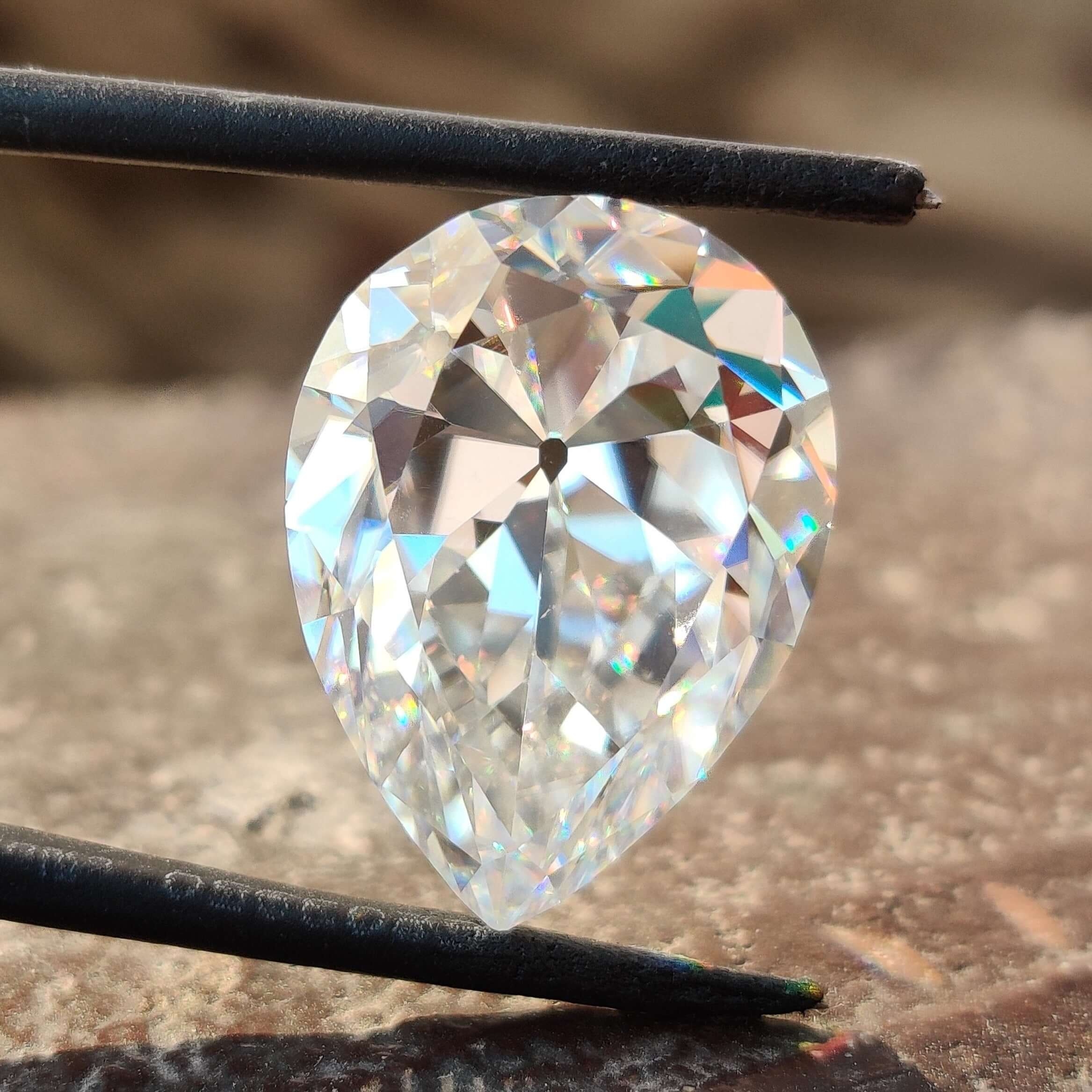
The difference between emerald and other cuts
The distinctive feature of the emerald cut is its unique stepped cut design. This cut allows the diamond's internal structure to be clearly visible, giving it a unique depth compared to other cuts. It is known for its low-key and elegant beauty, suitable for wearers who pursue simplicity and connotation, exuding an unobtrusive noble temperament.
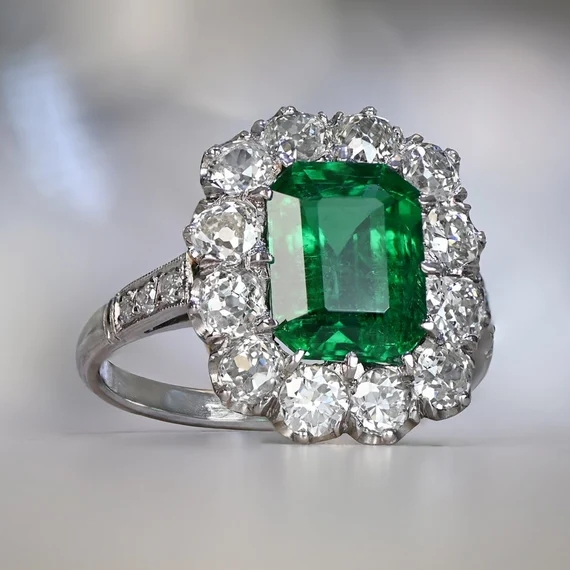
How does the shape of a diamond affect its beauty?
·The shape of a diamond not only affects its appearance, but also has an important impact on its optical effect. Here are some key aspects of how the shape of a diamond affects its beauty:
The relationship between cut proportions and light reflection
The cut proportions of a diamond refer to the size and angles of each part. A well-cut diamond can fully reflect light, showing amazing brilliance and fire. For example, a round-cut diamond can perfectly refract light through precise proportions and angles, making it appear more sparkling.
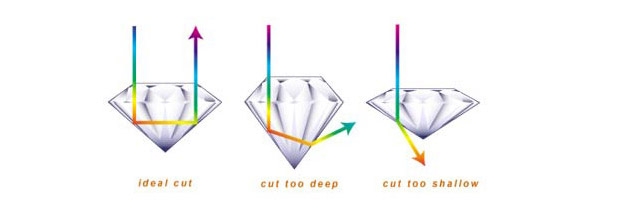
The visual effect of different shapes
Diamonds of different shapes show their own effects visually. Round-cut diamonds give people a classic and timeless feeling, suitable for various occasions. Princess-cut diamonds are more modern and appeal to people who pursue fashion. Pear-shaped cuts can visually elongate the fingers, making the wearer's fingers look more slender and elegant.
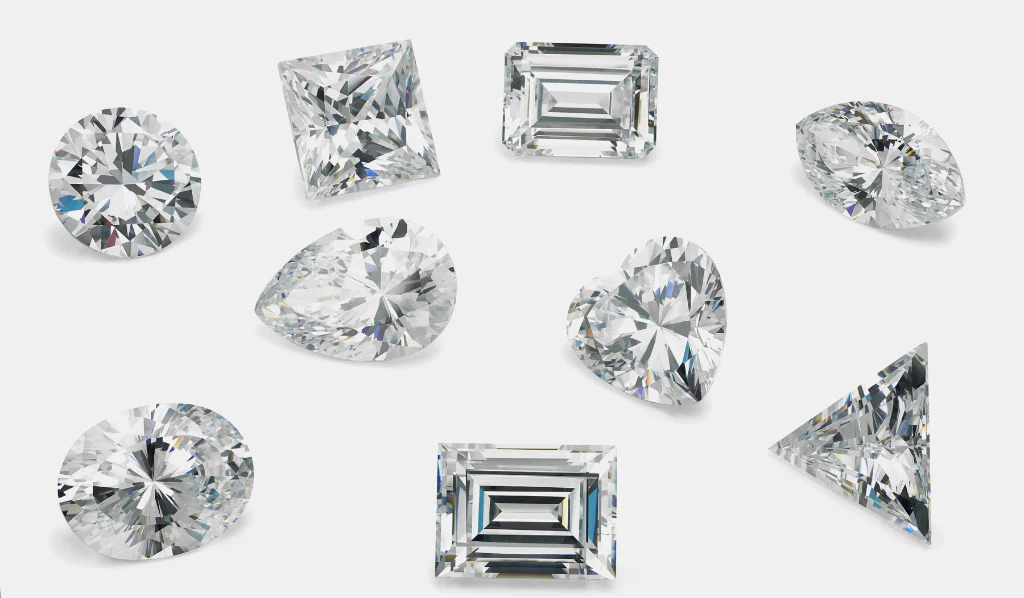
The wearer's personality expression
The shape of a diamond can reflect the wearer's personality and style. For example, choosing a unique cushion-shaped or oval-shaped diamond often shows the wearer's independence and individuality. On the other hand, choosing a traditional round or emerald-shaped diamond may convey a preference for classic and elegant.
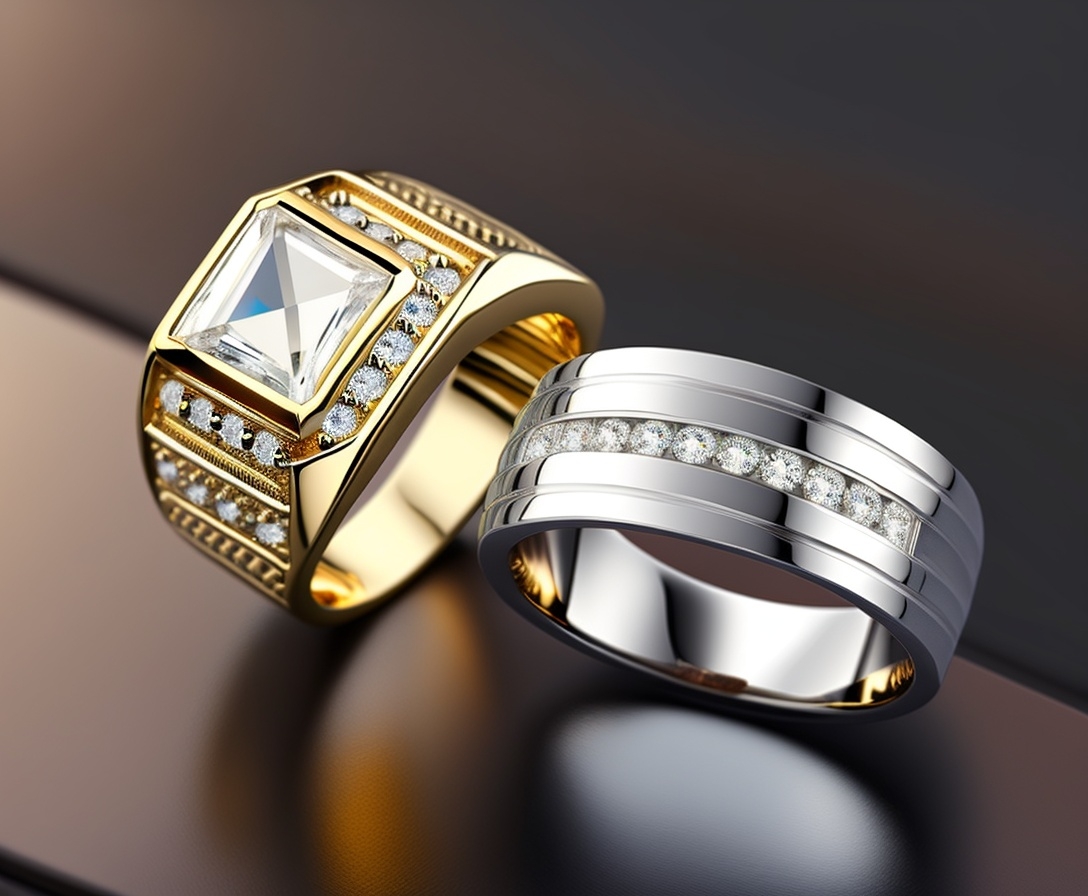
Adapt to different hand shapes
Different shapes of diamonds are suitable for different hand shapes. Oval and pear-shaped diamonds are particularly suitable for short fingers because they can visually lengthen the fingers. In contrast, princess square or cushion cuts are suitable for people with longer fingers, making the overall shape more majestic and harmonious.
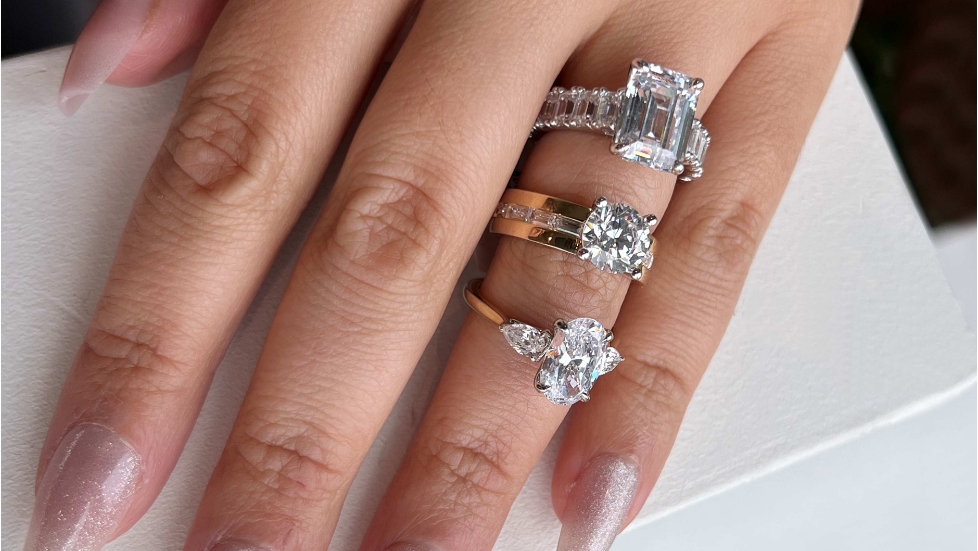
Interaction of color and luster
Certain shapes of diamonds can better show color and luster. Emerald cut, due to its stepped design, can show a deeper color effect, making the diamond look complex and unique. Round cuts can reflect more white light, giving people a clear and bright feeling.
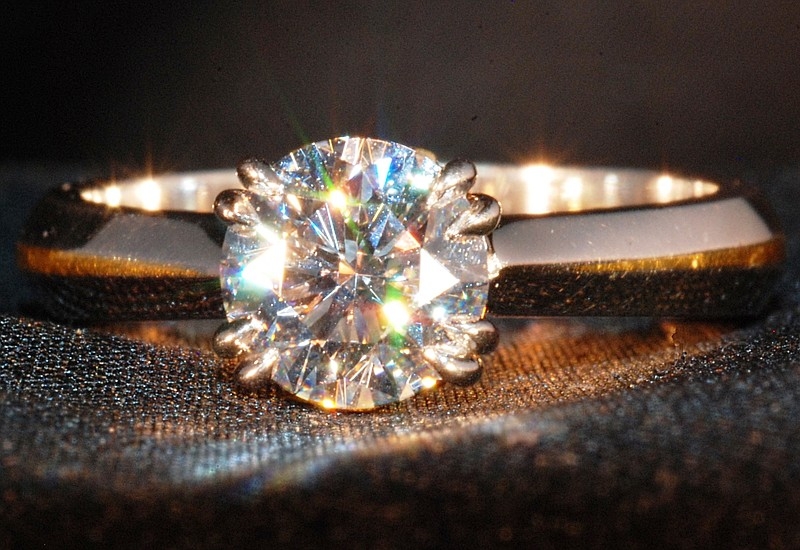
How to choose the right diamond cut shape?
Personal style and diamond shape
When choosing a diamond cut shape, in addition to paying attention to the beauty of the diamond itself, you also need to consider the wearer's personal style. Round diamonds give people a solemn and elegant impression, while princess square or cushion cuts are more fashionable and modern, suitable for people who pursue avant-garde and unique styles.

Choose diamond cuts according to hand shape
For people with short fingers, oval or pear cuts can effectively lengthen the visual effect of fingers and make the hands look more slender. People with long fingers can boldly choose a more atmospheric square or emerald cut to show a more elegant and generous temperament. Choosing the right cutting shape can better set off the wearer's personal characteristics and style.
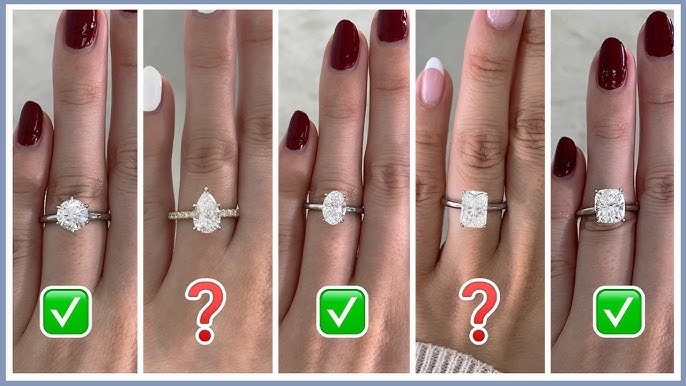
Comparison of European Diamond Cutting with Other Regions
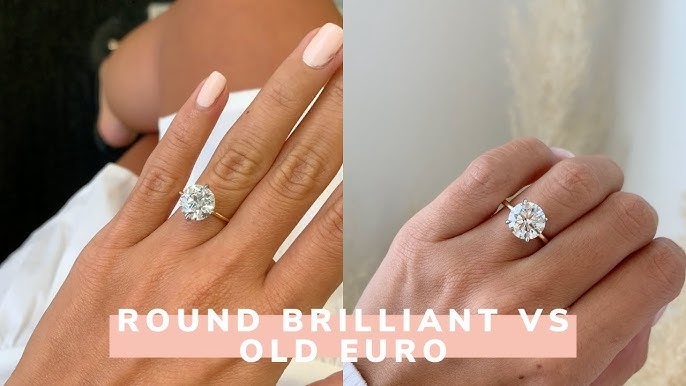
Diamond cutting technology has developed globally, and each region has its own unique cutting style and techniques. As one of the birthplaces of diamond cutting technology, Europe has a long history and exquisite craftsmanship, while other regions such as the United States and Asia have also developed unique cutting styles. The following are the main differences between European diamond cutting and other regions:
Differences between European and American cutting styles
European diamond cutting focuses on symmetry, proportion and details. This style places more emphasis on the optical performance of diamonds, maximizing the brightness and fire of diamonds through fine cutting. European craftsmen pay special attention to every facet of the diamond to ensure its perfect symmetry and overall balance. Classic round cuts, emerald cuts, etc. are all derived from European cutting techniques. These cutting styles emphasize elegance, refinement and traditional aesthetics.
In contrast, the American cutting style pays more attention to the size and visual impact of diamonds, and pursues the "shine" of diamonds when worn. The American market has a higher demand for large diamonds, so American cutting styles often focus on how to make diamonds look larger and more shinier visually. Princess square cuts are particularly popular in the United States because this cut retains the weight of the diamond while showing a unique modern feel.
Comparison of cutting styles between Europe and Asia
In recent years, Asian diamond cutting styles have also been influenced by the global market, gradually integrating European and American elements. However, diamond cutting in the Asian market tends to show a simple and exquisite beauty. Many Asian consumers prefer diamonds with precise cutting proportions and unique shapes, such as oval and pillow shapes. These cuts can not only show the fire of diamonds, but also emphasize the personality and temperament of the wearer.
In addition, the combination of tradition and modernity in Asian culture has made some customized cutting styles popular. For example, some jewelry designers will create unique diamond shapes according to customer needs to highlight cultural symbols or personal significance.
The influence of craftsmanship and cultural background
The long history of diamond cutting in Europe has formed a unique craft tradition, especially in the Netherlands and Belgium, where the diamond cutting industry is booming. The craftsmanship of European craftsmen is usually related to precision and artistry, and cutters need years of training to master complex techniques.
In contrast, although the diamond cutting technology in the United States is young, it is developing rapidly with the help of modern technology. Emerging technologies such as laser cutting are widely used in the United States, making cutting faster and more efficient. This also makes the American diamond cutting market more open to the public.
In Asia, craftsmanship is closely linked to culture, and diamonds are often passed down as part of family heritage. Therefore, the Asian market has more demand for customized and culturally symbolic diamond cutting.
The diamond cutting styles in Europe, the United States and Asia are unique, but with the deepening of globalization and cultural exchanges, these different styles are gradually merging. Europe's exquisite craftsmanship, America's modern technology and Asia's personalized customization trend have jointly promoted the innovation and development of the global diamond market. Consumers can choose the diamond cutting style that best suits them according to their personal preferences and cultural background.
Future Trends in Diamond Cutting

How New Technologies Affect Diamond Cutting
With the continuous advancement of laser cutting technology, diamond cutting has become more precise and diverse. In the future, we may see the emergence of more novel cutting shapes and styles, which not only improves the craftsmanship level, but also provides designers with a wider creative space. New technologies will make unique and complex designs possible, driving the industry forward.
Forecast of Future Market Trends
Looking ahead, consumers' demand for personalized designs may grow. Therefore, unique cutting shapes will become more popular. Personalized and customized diamonds will become a new trend in the market, satisfying consumers' desire for unique styles and individual expressions. As people's aesthetic requirements for jewelry continue to increase, innovations in cutting technology and design will bring more vitality and changes to the diamond market.
Copyright ©2025 Wuzhou Tianyu Gems Co., Ltd - All Rights Reserved.